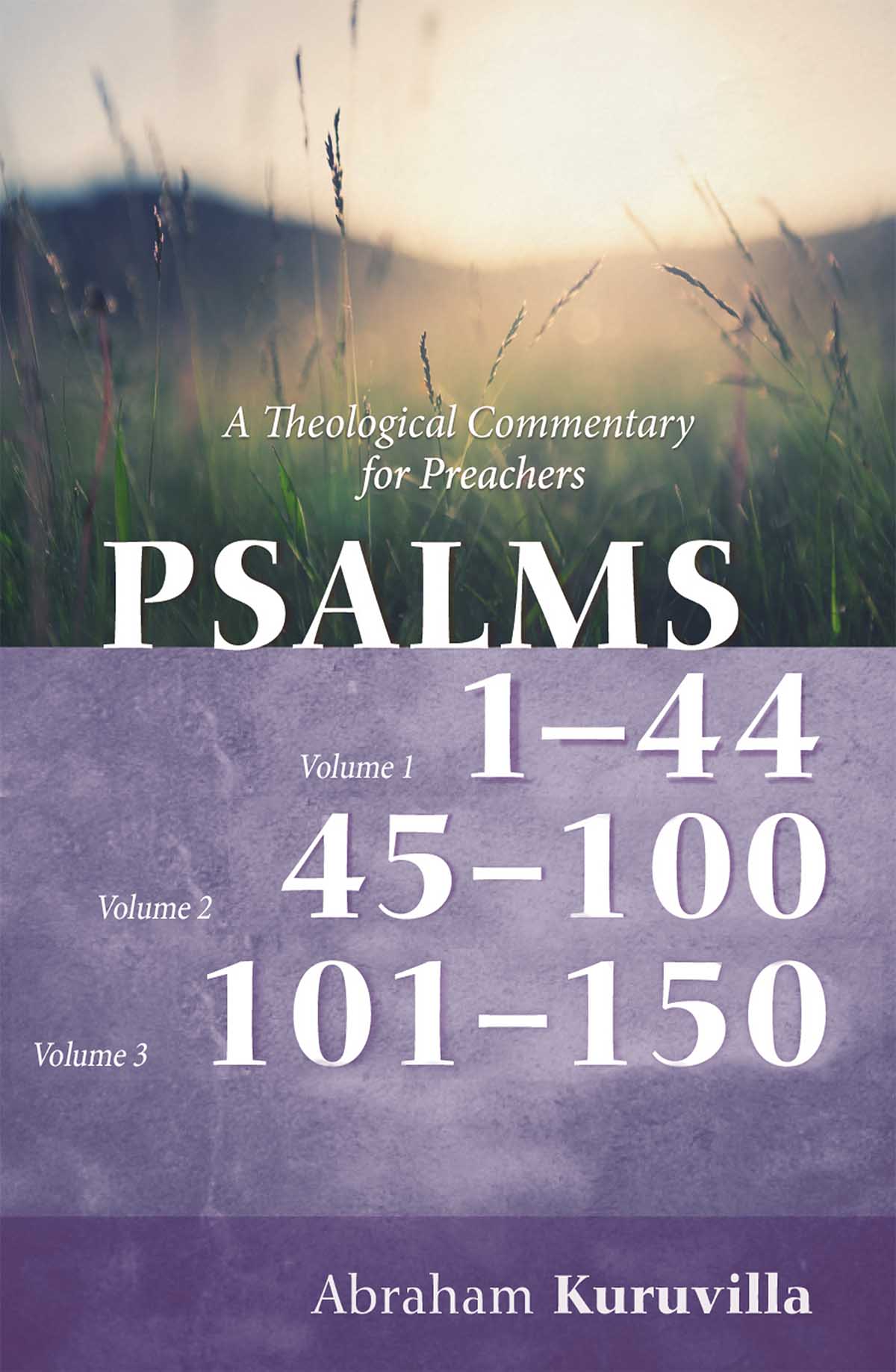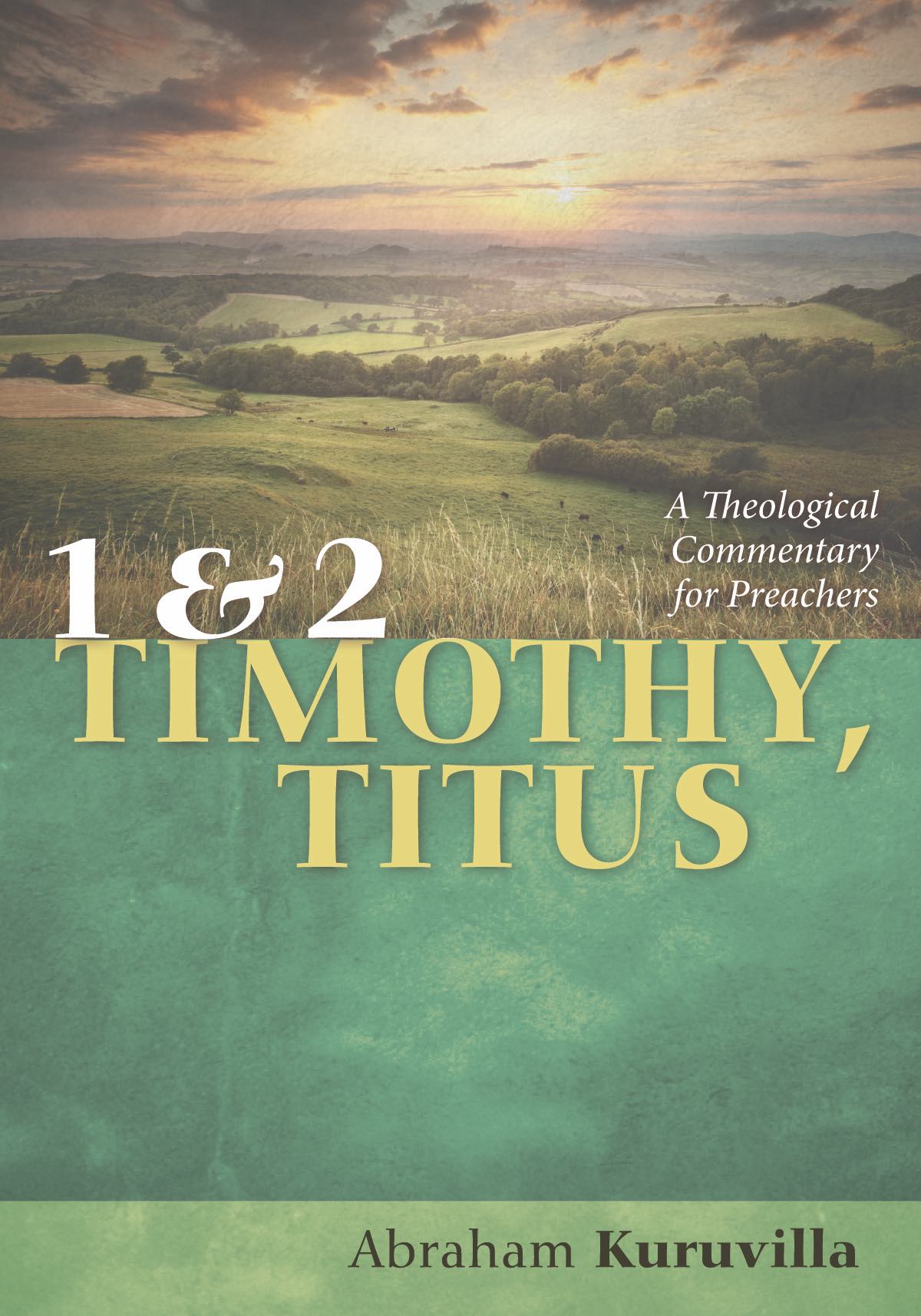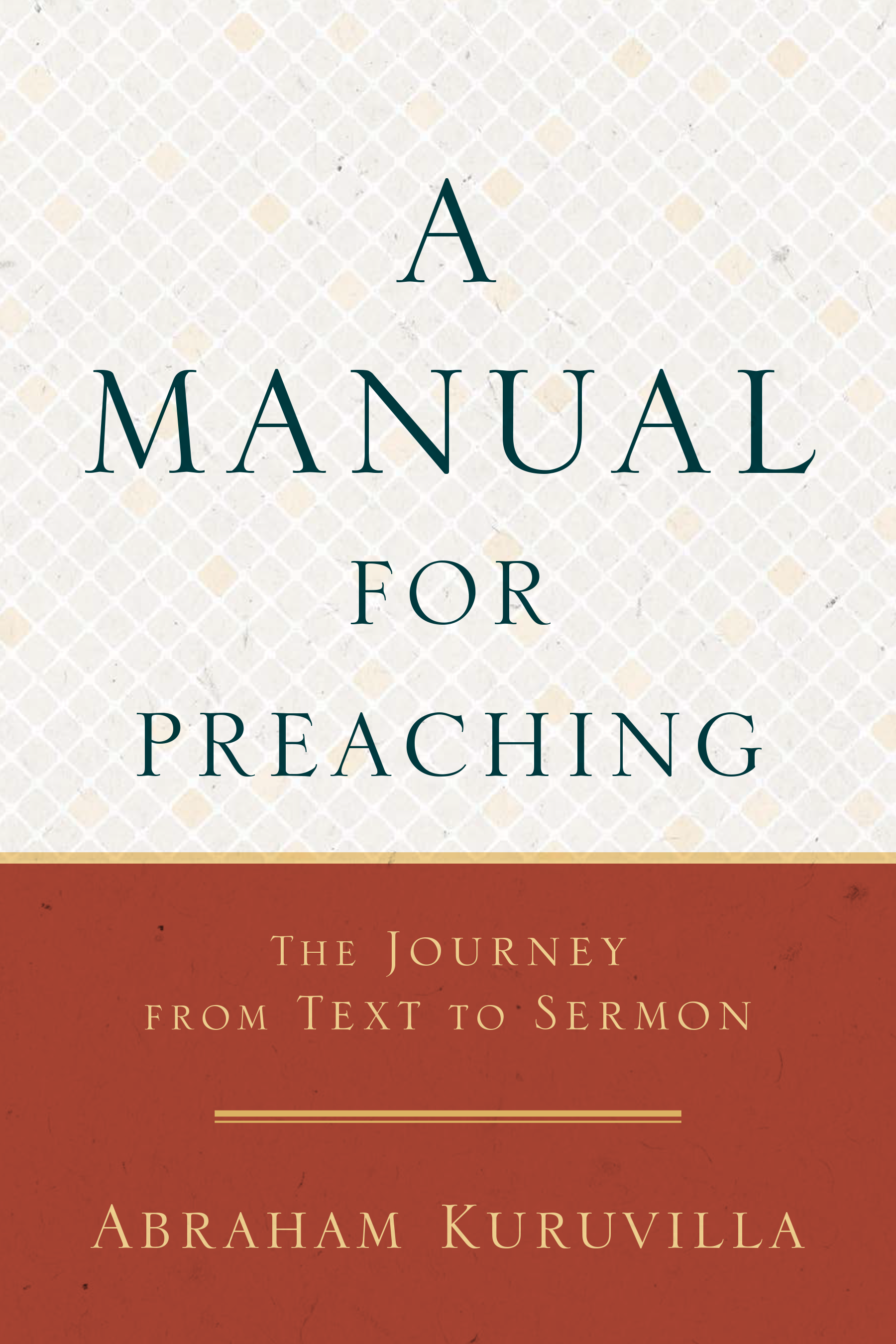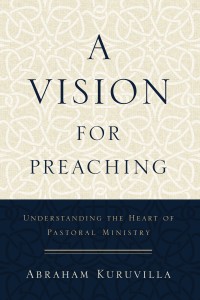On Commentaries … and a New One

I’m frequently asked by my students about commentaries I employ in my preaching prep.
The Preacher sought to find delightful words and to write words of truth correctly. The words of wise men are like goads, and masters of these collections are like well-driven nails; they are given by one Shepherd. But beyond this, my son, be warned: the writing of many books is endless, and excessive devotion to books is wearying to the body.
Ecclesiastes 12:10–12
Qohelet notwithstanding, I do have a variety of commentaries collected over the years—no complete single series, but bits and pieces of several. But honestly, for preaching purposes, none of them, IMHO, have helped beyond foundational exegesis. What is painfully lacking in many of these works is an understanding of the theological thrust of the slice of text (pericope) employed in a sermon.
(Those interested, please browse through my articles on this page for more on pericopal theology, what the author is doing with what he is saying.)
Instead, what one frequently spies in commentaries is what I call “shotgun exegesis” (exegeting everything in sight, following every rabbit, creeping up every burrow, smoking out every mole). As a consequence, preachers are inundated with data, but left in the lurch without guidance as to how to proceed towards a sermon—a lament echoed by Karl Barth,“Preface to the Second Edition,” in his The Epistle to the Romans (6th ed.; trans. Edwyn C. Hoskyns; London: Oxford University Press, 1933), 6:
My complaint is that recent commentators confine themselves to an interpretation of the text which seems to me to be no commentary at all, but merely the first step toward a commentary. Recent commentaries contain no more than a reconstruction of the text, a rendering of the Greek words and phrases by their precise equivalents, a number of additional notes in which archaeological and philological material is gathered together, and a more or less plausible arrangement of the subject matter in such a manner that it may be made historically and psychologically intelligible from the standpoint of pure pragmatism.”
And I weep with Thomas Long, “The Use of Scripture in Contemporary Preaching,” Interpretation 44 (1990): 343–344:
The preacher’s desk can quickly be covered with Ugaritic parallels and details about syncretistic religion in the Phrygian region of Asia Minor. It is hard to find fault here; every scrap of data is potentially valuable, and it is impossible to know in advance which piece of information is to be prized. So, we brace ourselves for the next round of exegesis by saying that it is necessary to pan a lot of earth to find a little gold, and that is true, of course. However, preachers have the nagging suspicion that there is a good deal of wasted energy in the traditional model of exegesis or, worse, that the real business of exegesis is excavation and earth-moving and that any homiletical gold stumbled over along the way is largely coincidental.”
A BHAG (i.e., “Big Hairy Audacious Goal”) on my part is to produce a series of commentaries on every book of the Bible that goes through the text of Scripture pericope by pericope, looking at what the author is doing with what he is saying, explicating the theology of each pericope. I believe that it is only from this entity that preachers can develop valid application of a given pericope in the lives of listeners. To this end, the first BHAG production is now available: Mark: A Theological Commentary for Preachers.
(At the rate of one every 2–3 years, it will take me only another 150 years to achieve my BHAG!)
Beyond publisher’s blurb, ordering info, endorsements, etc., on this page you’ll find a link for a free download of a chapter from the commentary. Bon Prédication!












 Abe Kuruvilla is the Carl E. Bates Professor of Christian Preaching at The Southern Baptist Theological Seminary (Louisville, KY), and a dermatologist in private practice. His passion is to explore, explain, and exemplify preaching.
Abe Kuruvilla is the Carl E. Bates Professor of Christian Preaching at The Southern Baptist Theological Seminary (Louisville, KY), and a dermatologist in private practice. His passion is to explore, explain, and exemplify preaching.
2 Comments
I thought I would keep you posted: I’m teaching pericope 8 this week. I have read every word of the book thus far and I’m loving it. It’s the only commentary I have that really drives at homiletics. It really has helped in the thinking through process of how I’m to deliver this to the SS class. The class has really enjoyed it as well. In particular we are putting an emphasis on understanding Mark by seeing how he crafts his story. Since I have 45 minutes, and since it is Sunday school and not a sermon, we have a bit more freedom to explore some hermeneutical approaches. My hope is that this challenges them to examine the text in their own, private study. What I’m finding is that every week they progress even if it is only slight. If there was just one challenge (which there are more) it would be getting them to read, study and share OUTSIDE of Sunday school… isn’t it always the challenge…even for their teacher? 😉
Thanks, Mike. I appreciate the update and wish you all of God’s blessings as you take your folks on Mark’s Journey!